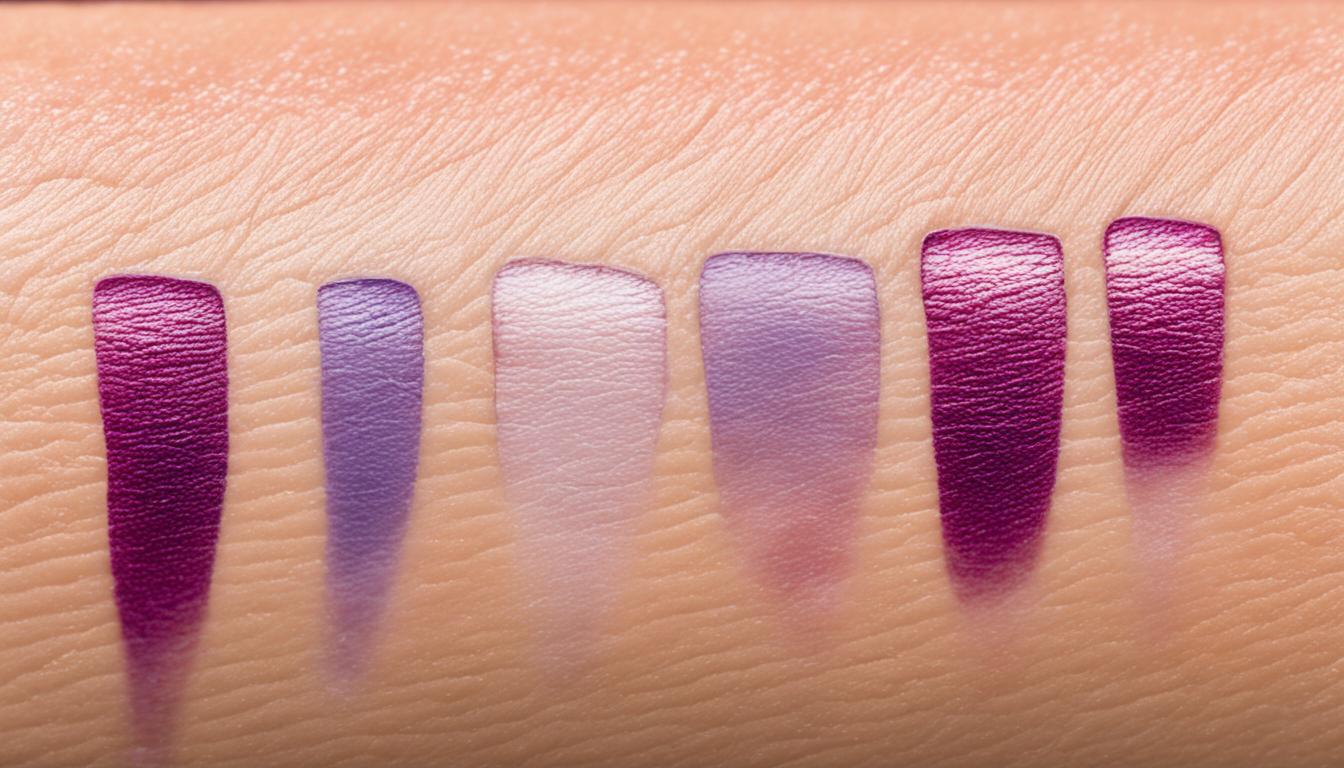Morphea, also known as localized scleroderma, is a rare disease that mostly affects kids aged 2-14 and women. It shows as patches or bands of thickened skin on the head, neck, body, and arms or legs. Doctors classify Morphea based on how much skin it covers and how deep it goes.
Doctors don’t know exactly why Morphea starts, but they think infections, certain drugs, or injuries might play a role. Right now, options to treat Morphea are limited. Also, the current treatments might have bad side effects if used for a long time. Yet, there is a bright spot. Stem cell therapy could be a game-changer for treating Morphea.
Key Takeaways:
- Morphea, or localized scleroderma, is a rare inflammatory connective tissue disorder primarily affecting children and women.
- It is characterized by patches or bands of thickened skin on various parts of the body.
- The exact cause of morphea is unknown, but infection, drugs, or trauma can contribute to its development.
- Treatment options for morphea are limited and not specific to the disease.
- Stem cell therapy shows promising potential in treating morphea and may provide a more targeted approach in the future.
Morphea Symptoms and Diagnosis
Morphea is a skin disease that fights your own body, known as autoimmune disease. It looks different and needs a careful check to get the right diagnosis. You might see patches of swollen or very thick skin. These patches come in different sizes and shapes, and they often happen on the head, neck, or arms. Sometimes, you might feel these issues in other areas like your muscles or eyes.
The signs of morphea often start with harded patches of skin that look different, maybe with a purple edge. These skin changes may itch, hurt, or make it hard to move your joints. Getting these symptoms checked early can help to manage them better.
To diagnose morphea, a doctor will look closely at your skin and ask about your health. They might also need to run some tests. This is to make sure they are right in their diagnosis. Those tests could include blood work or even looking at the affected skin under a microscope.
Skin Biopsies for Morphea Diagnosis
A skin biopsy is often done to look closer at the skin. A tiny part of skin is taken and seen under a microscope. This gives the doctor specific details about the skin problem. It can also rule out other skin diseases.
Laboratory Tests and Imaging Studies
Doctors might do more tests to fully understand your health. These could include blood tests to check for autoimmune markers. They might also use MRI to look deeper into your body. This helps figure out how serious the disease is and what could help you feel better.
Getting the right diagnosis is key for treating morphea. It takes a team of doctors, like skin and muscles experts, to plan the best care. They work together to see the full health picture and come up with a plan that works well.
Causes and Pathogenesis of Morphea
The exact cause of morphea is not yet known. However, studies show both genetic and environmental factors are involved. These factors lead to the development of this skin problem.
Research has found links between morphea and certain genes, like the HLA class I and II. These genes are also important in the development of scleroderma, an autoimmune disease related to morphea. This hints at a similar genetic cause for both conditions.
Things like infections, skin injuries, and certain medications or vaccinations can also trigger morphea. These triggers might start an inflammatory process. This leads to the skin changes that we see in people with morphea.
A big part of morphea is linked to an immune system that doesn’t work right. For example, in morphea, there’s too much of some chemical messengers like interleukin-4 and interleukin-6. These messengers can cause swelling and scarring, helping morphea develop.
It’s very important to understand what causes morphea. This knowledge can help us create treatments that target the main issues of the disease.
Here is a table summarizing the causes and pathogenesis of morphea:
| Causes | Pathogenesis |
|---|---|
| Genetic associations (HLA class I and II genes) | Shared genetic basis with scleroderma |
| Environmental triggers (infections, skin trauma, medications, vaccinations) | Initiation of inflammatory response leading to characteristic skin changes |
| Autoimmune dysregulation | Abnormal cytokine production (IL-4 and IL-6) causing inflammation and fibrosis |
Scientists want to learn more about morphea. They aim to understand the many factors that cause it. This understanding can lead to new and better treatments.
Stem Cell Therapy for Morphea
Currently, there are not many good treatments for morphea. The medicines we use now can have bad side effects if used for a long time. But, there’s hope from stem cell therapy. It shows a lot of promise for treating morphea because stem cells can turn into different cell types. These cells help repair and regrow damaged tissues.
Stem cell therapy for morphea focuses on calming down swelling, adjusting the immune response, and helping tissue heal. Early studies and tests bring good news. They showed improvements in skin problems and less disease activity in patients with morphea. This new treatment could really help people with this tough skin issue.
Although we still need more research to know for sure, these new possibilities are very welcome in the medical field. With stem cells, we might change the way we fight morphea. This could mean better, longer-lasting results for those with the disease. It’s a hopeful time for both doctors and patients.

